Paris, MINA – UNESCO Intangible Cultural Heritage (ICH) Convention Committee design gamelan as an Intangible Cultural Heritage of the United Nations Educational, Scientific and Cultural Organizations (UNESCO).
According to a press statement from the Indonesian Embassy in Paris, France on Thursday, gamelan became the twelfth Indonesian WBTB to be successfully inscribed into the UNESCO WBTB list.
Previously, Indonesia had inscribed eleven other cultural elements as UNESCO WBTB, namely Wayang (2008), Keris (2008), Batik (2009), Batik Education and Training (2009), Angklung (2010), Saman Dance (2011), Noken ( 2012), Three Genres of Traditional Dance in Bali (2015), Pinisi Shipbuilding Art (2017), Pencak Silat Traditions (2019), and Pantun (2020).
Gamelan is a traditional musical instrument that is often found in various regions in Indonesia, such as in Bali, Madura, and Lombok. This musical instrument is estimated to have existed in Java since 404 AD, judging by the past depictions in the reliefs of Borobudur and Prambanan temples.
Also Read: BSP 2025: AWG Sends Team for “1,000 Mountain Climbers for Palestine” Expedition
UNESCO noted the value of Gamelan philosophy as a means of cultural expression and building a connection between humans and the universe. UNESCO also recognizes that Gamelan, which is played in an orchestra, teaches the values of harmony, mutual respect, love and care for one another.
The Minister of Education, Culture, Research and Technology, Nadiem Makarim, expressed his pride in the designation of gamelan as an Intangible Cultural Heritage by UNESCO.
From the past until now, the art of gamelan continues to be studied, developed and passed down from generation to generation. Not only that, Gamelan music has also inspired and influenced world music.
Nadiem Makarim also said that Indonesia would continue to preserve gamelan through formal and non-formal education and training, through festivals, parades, performances, and cultural exchanges.
Also Read: Indonesia’s Economy Grows 5.04% in Q3 2025: Statistics Indonesia
Meanwhile, the Indonesian Ambassador to France, Andorra, Monaco and the Permanent Delegation of the Republic of Indonesia to UNESCO, Mohamad Oemar, said that Gamelan has long been used as a diplomatic asset. He is committed to continuing to promote Gamelan through various activities such as learning Gamelan for foreign communities and cultural exchanges.
The Permanent Representative of the Indonesian Delegation to UNESCO, Ismunandar added, the process of determining gamelan as a UNESCO WBTB is a joint effort that is encouraged by the local community facilitated by the government.
Ismunandar expressed his hope that the inscription of gamelan as a UNESCO Intangible Cultural Heritage could increase the awareness and love of the Indonesian people for gamelan.
The inscription of gamelan as UNESCO WBTB according to Ismunandar is a very precious moment, considering that since 2016 the UNESCO WBTB Committee has set a limit on the number of cultural elements that can be inscribed as UNESCO Intangible Cultural Heritage, which is 50 cultural elements per year.
It was done considering the limited resources of UNESCO in verifying the document inscription process of cultural elements. In practice, each country can only propose one nomination per two years. Thus, the inscription of Gamelan as a UNESCO WBTB becomes very special. Furthermore, Indonesia will have to wait until 2023 to be able to inscribe other cultural elements into the UNESCO WBTB List.
The 16th session of the UNESCO Intangible Cultural Heritage Committee will continue until December 18, 2021. In addition to discussing the inscribed cultural elements, the Committee also discusses periodic reports, namely reports on steps that have been taken by countries in preserving cultural elements which has been inscribed on the UNESCO WBTB list. (T/RE1)
Mi’raj News Agency (MINA)
Also Read: Indonesian Sets Hajj Travel Schedule, Departures to Begin April 21, 2026





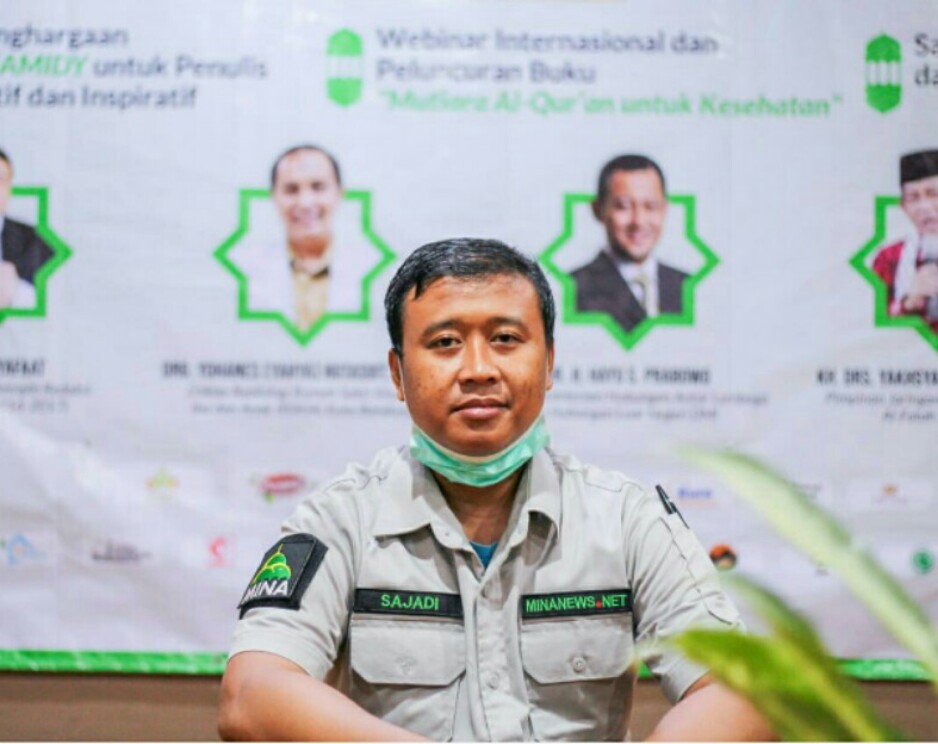
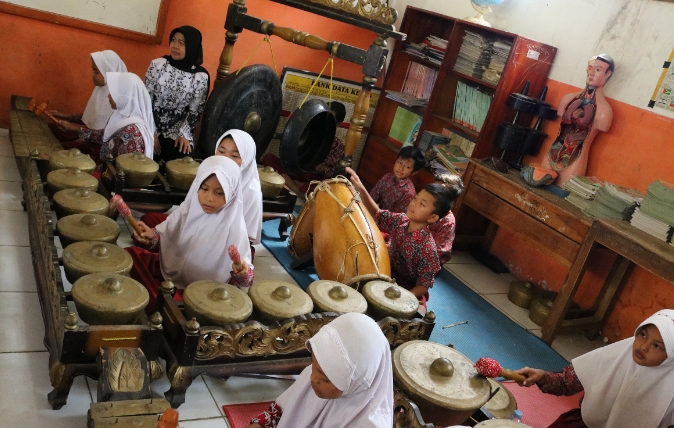






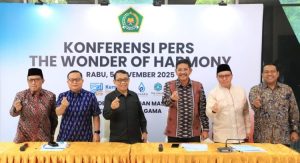





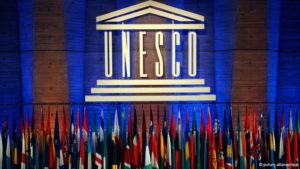





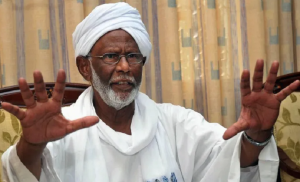

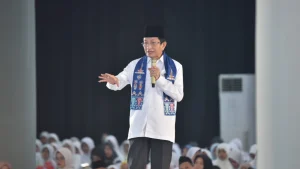









 Mina Indonesia
Mina Indonesia Mina Arabic
Mina Arabic